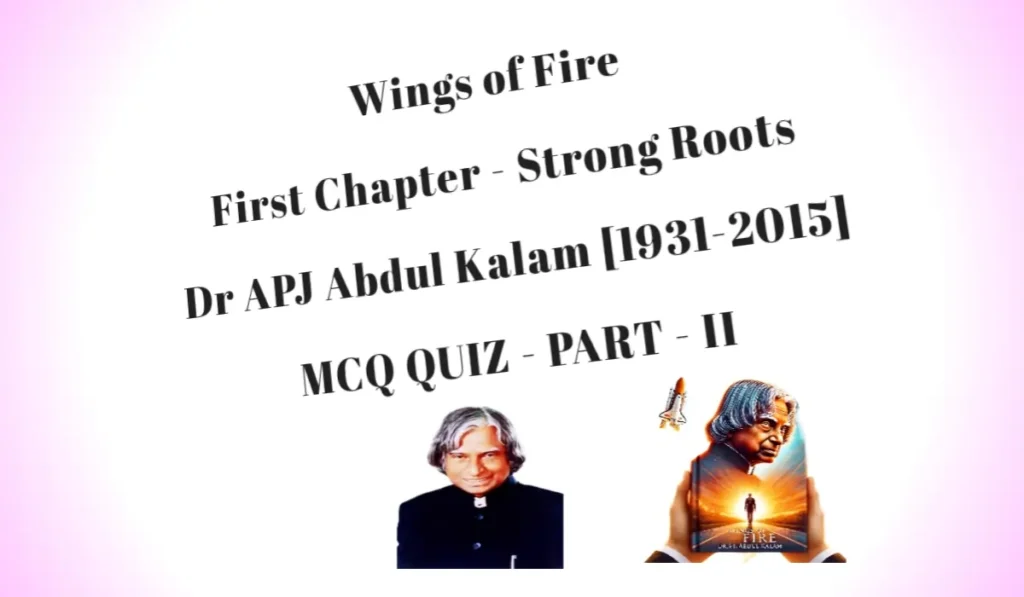Ode on a Grecian Urn as an Escapist Poem
Contents
Introduction
One of the main notes in English romantic poetry in the nineteenth century is the spirit of escapism. Indeed, the romantic poets of the age were escapists. As a reaction to the hard realities of life and of the world, they turned to a world of imagination. Keats was alone among those poets who was a detached aesthetic, pursuing the principle of beauty in all things. But the spirit of escapism is also found in his poems. His poem ‘Ode on a Grecian Urn‘ suggests a mood of despondent contemplation of life in which beauty perishes and passion cloys. The poet finds refuge in the ideal eternity of art.
Mood of Escapism
The poem embodies a mood of escapism from the impermanence of life and joy to a permanence of beauty–to the ideal eternity of art. The leading idea of the ode is the contrast between the permanence of art and the transience of human life. Human life and its happiness may be brief, but art may enshrine them with an ideal beauty that outlives its years. The boughs as depicted on the urn will never shed their leaves. The melodist is happy because he never gets tired and fancy ever bears sweat music from his pipe. The lovers are happy because they are not subject to satiety and decay, which are attendant on earthly passion.
Keats : A Worshipper of Beauty and Truth
With Keats the beautiful is true and true is beautiful. The message of the urn is contained in the last stanza–“Beauty is truth, truth beauty.” Art which is the imitation of life seizes the essential characters of beautiful and brings beauty within the reach of human mind. The designs engraved on the urn embody the beauty of the sculptor’s imagination. They are beautiful as they provide mankind intellectual and moral delight. Human generations are liable to pass away, but art is eternal. The urn as a work of art will remain when the present generation passes away. It will remain as a consoler to mankind by teaching man to fly from the impermanence of life and love into the world of beauty made permanent by art.
Theme of the Poem
The main subject of the poem is the creative ecstasy which an artist perpetuates in art. It suggests that truth is another name of ultimate reality. It is discovered not by the reasoning mind but by imagination. Imagination has special insight into the true nature of things. Keats calls this reality ‘beauty’.
Conclusion
Naturally, Keats is here an escapist. The poem touches the philosophy of Art and Ethics of human life. There is lack of personal emotion in the poem. The only personal touch can be found when the poet speaks of the pain attendant upon passion and pleasure. That is why the note of melancholy which is inevitable in an escapist poem cannot be found in this ode which is written in a serenely reflective spirit. We may conclude that there is a mood of escapism, but which is subdued and which is different from what we find in ‘Ode to a Nightingale‘ which is voluptuous and passionate in its emotion.








